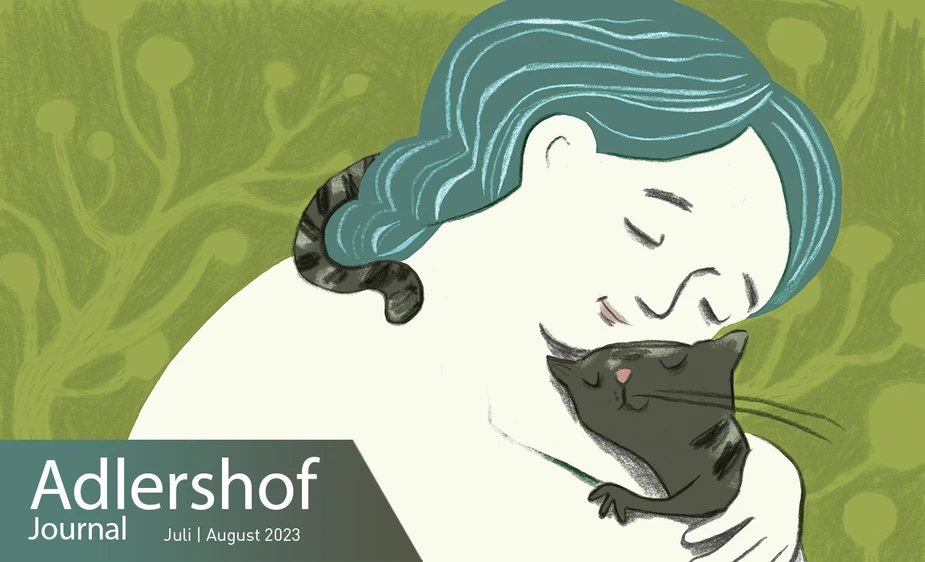Without other animals, humans are “not quite complete”
Essay by Dr. Kurt Kotrschal, Austrian biologist, behavioral scientist and author
There are 16.7 million cats, 10.3 million dogs, and 4.6 million smaller animals across approximately 15 million German households, most of which are kept for social reasons. Even the roughly 1.3 million horses are changing their roles from being “things” used for sports and leisure to being social companions. Keeping these animals generates a turnover of at least 10 billion euros every year, which accounts for about 0.5 percent of Germany’s gross domestic product and keeps about 250,000 people in employment. It’s strange though really – is it that we humans don’t feel we’re enough?
Rising urbanisation everywhere is producing not fewer but more animal companions. Indeed, humans growing up and living in stable relationships with dogs and co are healthier physically and more resilient towards today’s epidemic of mental health problems. As “social lubricants”, dogs improve communication between humans and require affection, which, in turn, meets a core need of humans, too. By the way, this is not a decadent, postmodern aberration. Even Palaeolithic hunters cohabitated with tame wild animals as spiritual and social partners. Having a bond with animals is obviously part of being human. Erich Fromm and Edward Wilson called this instinctive human yearning, this peculiar evolutionary constant, “biophilia”. The abilities commonly connected with the human condition – to reflect, to think about the world, and to relate to the world either spiritually or scientifically – were developed through the connection to animals and nature.
However, the fact that humans seek to live with other animals does not yet explain how it is that they can. Charles Darwin was one of the first to note that humans share most of their features with other animals, which is evident from their phylogenetic history. The first brains emerged from the nerve cells of our predecessors 560 million years ago, bilaterally symmetrical animals, which were soon able to weigh costs and benefits, recognise patterns, mentally represent space and time, and display curiosity About 150 million years ago, a breakthrough occurred in the form of the cortical columns that are central to the cerebral cortex in mammals. They allowed us not only to perceive our environment but to anticipate it. Finally, a social revolution happened among primates – the group that humans belong to – based on their ability to emphasise and think; this also resulted in our most unique feature until today: complex natural language.
Based on our phylogenetic affinities, the “Darwinian continuum” of traits found in humans and other animals also applies to mental characteristics. That’s why our most important companions, pets, and livestock are social mammals, and that is why humans can engage socially with “other animals” – and why they should. For it is precisely due to the huge, high-performance brain that humans possess that they are not only socio-cognitive specialists but exceedingly prone to mental health problems. The most effective safeguard against this is being embedded in sound social structures, including a life with good relationships with faunal social companions. The similarity in character with dogs, cats, and co, but also with bovine and porcine, necessitates respect. It is a scientific fact today that we are a part of them as they are a part of us.
Dr. Kurt Kotrschal is a retired professor at the Department of Behavioural and Cognitive Biology at the University of Vienna, co-founder of the Wolf Science Centre Vienna, and speaker of the Working Group Wild Animals of Forum Wissenschaft & Umwelt.
